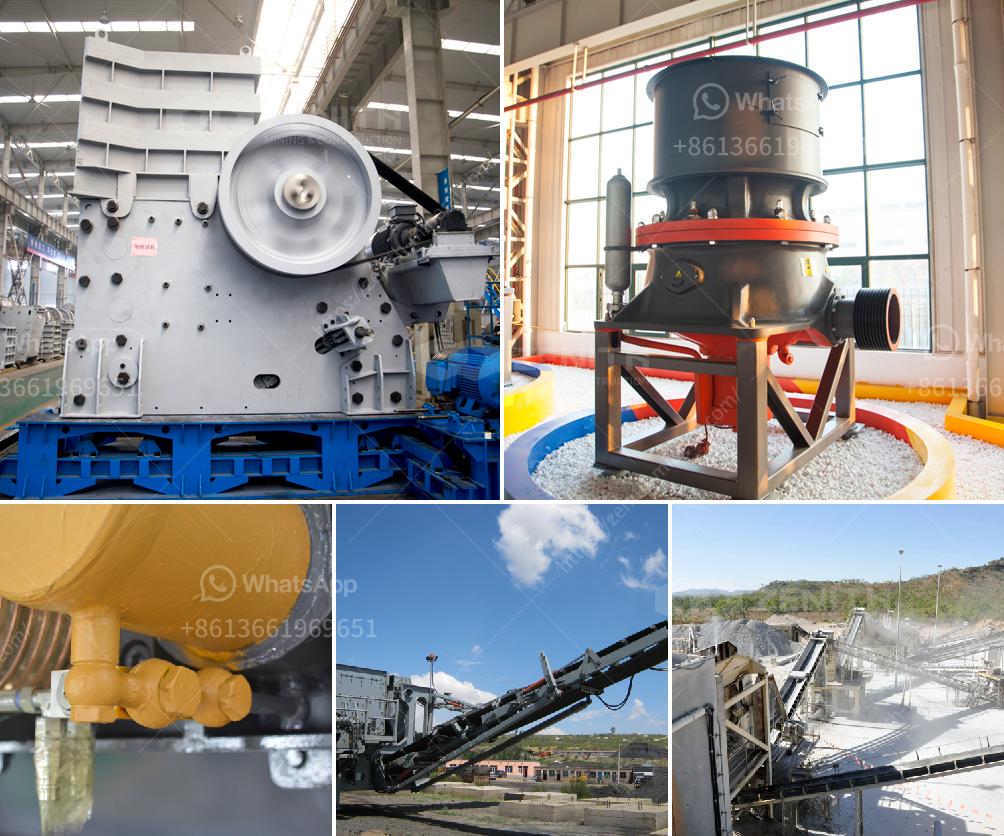Blasting and crushing are two distinct processes commonly used in various industries, particularly in mining and construction, to break down and reduce the size of materials like rock and mineral ores. Here are the key differences between them:
Purpose: Blasting is primarily employed to fragment and dislodge large volumes of rock or other materials from their natural deposits. It is often the initial step in the extraction process.
Method: Explosives, typically consisting of a combination of blasting agents like ANFO (ammonium nitrate/fuel oil), are strategically placed in drilled holes and detonated. The resulting explosion creates a shockwave and high-pressure gases that break the material apart.
Scale: Blasting is often conducted on a large scale and can handle substantial volumes of material in a single blast.
Precision: While advancements have improved the precision of blasting, it is generally less precise compared to crushing. The goal is to create material small enough to handle further processing steps, not necessarily to achieve a uniform size.
Applications: Blasting is widely used in mining, quarrying, and construction demolition to break down rock formations, build tunnels, and clear sites for further development.
Purpose: Crushing aims to reduce the size of material obtained from blasting or other sources to more manageable and uniform sizes for further processing or use in construction and other applications.
Method: Crushing involves mechanical forces applied through machinery designed for this purpose, such as jaw crushers, cone crushers, impact crushers, and hammer mills. These machines apply compression, shear, or impact forces to reduce the material size.
Scale: Crushing can be adapted for various scales, from small laboratory crushers to large-scale industrial crushers.
Precision: Crushing equipment can be adjusted to produce specific particle sizes, making it a more controlled and precise process compared to blasting.
Applications: Crushing is used in mineral processing to produce fine particles, in aggregate production for construction materials, and in recycling to reduce waste material size.
Understanding these differences helps in selecting the appropriate technique for the desired outcome in various industrial applications.

